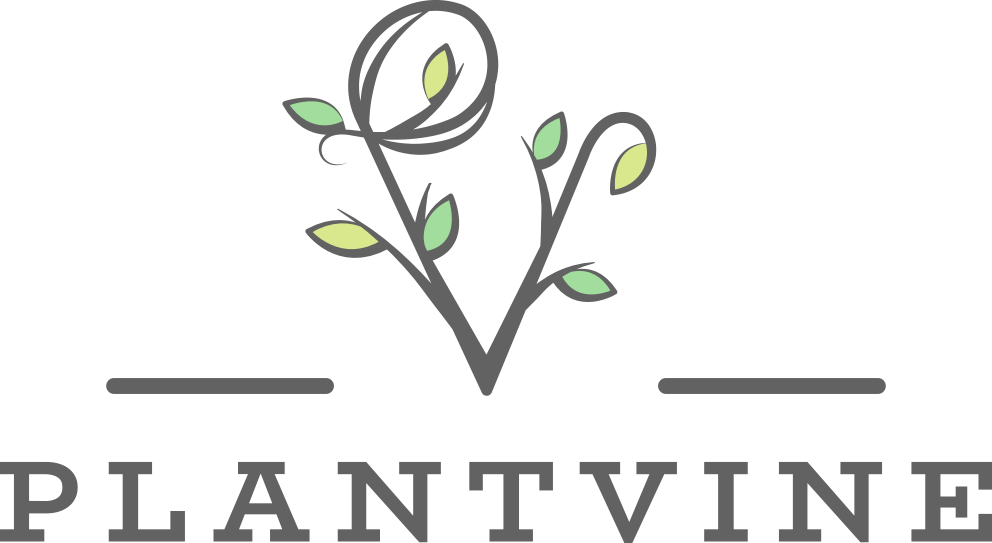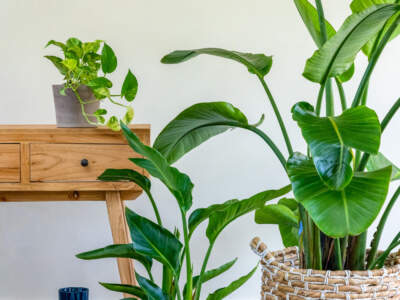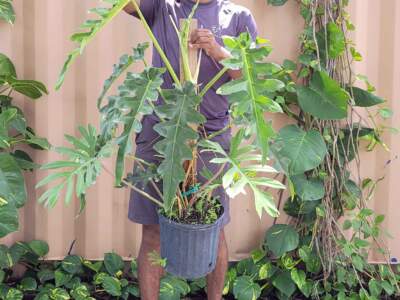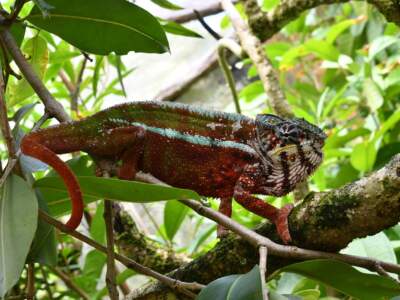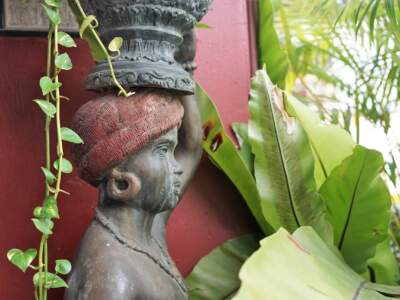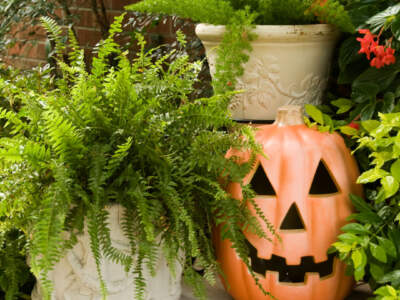Search Results
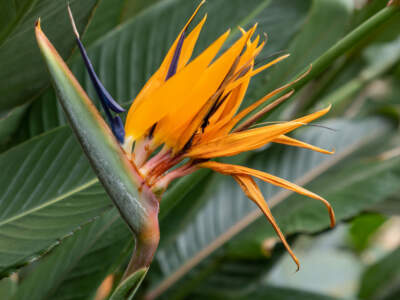
Orange Bird of Paradise
Scientific Name: Strelitzia reginaeCommon Names: Orange Bird of Paradise, Crane FlowerOverview: The Orange Bird of Paradise is an extraordinary plant with attractive broad leaves and giant orange flowers. If you take good care of the plant, you will not have to worry about it not growing to its best potential. You can pair this plant with other aesthetically pleasing options and enjoy the beauty it brings to your space!Click here for care instructions.
